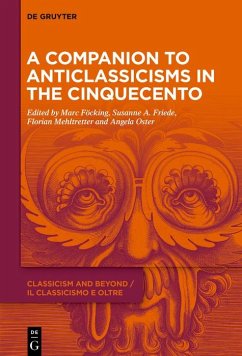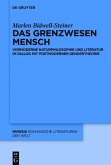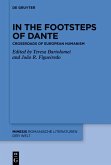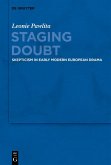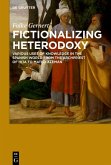'Anticlassicisms,' as a plural, react to the many possible forms of 'classicisms.' In the sixteenth century, classicist tendencies range from humanist traditions focusing on Horace and the teachings of rhetoric, via Pietro Bembo's canonization of a 'second antiquity' in the works of the fourteenth-century classics, Petrarch and Boccaccio, to the Aristotelianism of the second half of the century. Correspondingly, the various tendencies to destabilize or to subvert or contradict these manifold and historically dynamic 'classicisms' need to be distinguished as so many 'anticlassicisms'. This volume, after discussing the history and possible implications of the label 'anticlassicism' in Renaissance studies, differentiates and analyzes these 'anticlassicisms.' It distinguishes the various forms of opposition to 'classicisms' as to their scope (on a scale between radical poetological dissension to merely sectorial opposition in a given literary genre) and to their alternative models, be they authors (like Dante) or texts. At the same time, the various chapters specify the degree of difference or erosion inherent in anticlassicist tendencies with respect to their 'classicist' counterparts, ranging from implicit 'system disturbances' to open, intended antagonism (as in Bernesque poetry), with a view to establishing an overall picture of this field of phenomena for the first time.
Dieser Download kann aus rechtlichen Gründen nur mit Rechnungsadresse in A, B, BG, CY, CZ, D, DK, EW, E, FIN, F, GR, HR, H, IRL, I, LT, L, LR, M, NL, PL, P, R, S, SLO, SK ausgeliefert werden.

